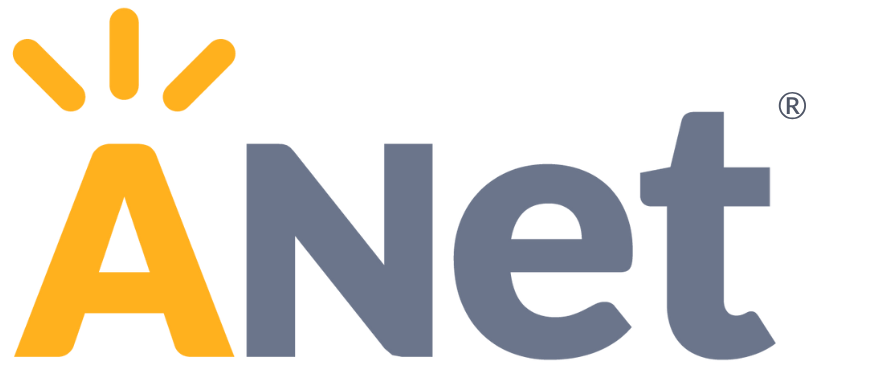This case study is part of a series that highlights the ways schools are implementing standards-based, grade-level expectations alongside an approach to personalized learning. At first, the two approaches may seem incompatible, especially for students who are behind: how can a personalized model that “meets students where they’re at” also ask them to engage with content that may be multiple years above their current level? We hope that these case studies will show how the two approaches need not be at odds. Although complex, integrating these two approaches can drive better outcomes for students across a range of domains.
About Mildred Osborne
Mildred Osborne Charter School (Osborne) serves students in grades K-8 in New Orleans, Louisiana, and is one of two schools in the ARISE charter management organization. Osborne became an ANet school partner in 2010 and adopted Zearn as their primary math curriculum in the 2018-19 school year (Zearn is a K-5 blended-learning math curriculum based on Eureka Math/EngageNY).
Zearn was an easy transition in some ways. Osborne was already using the Eureka Math curriculum prior to adopting Zearn (Zearn is based on Eureka Math), so the lessons are aligned to ANet’s schedule of assessed standards (SAS). The SAS outlines the standards that students are expected to learn each quarter in order to demonstrate grade-level proficiency by the end of the year. One of the most challenging transitions for Osborne was shifting from traditional whole class instruction, where teachers had some autonomy, to a blended learning model with a predetermined structure for instruction.
This case study highlights the ways in which Osborne is implementing a blended learning model that ensures students have access to rigorous, standards-aligned instruction using two approaches:
-
High-quality, blended-learning math curriculum (Zearn)
-
Standards-aligned, grade-level instruction (ANet)
Three steps to start the year right.
1. Build the capacity of leaders and teachers
“It’s not easy to be in a classroom where half of the kids are working with you and half of them are kind of doing their own thing. ”
Since Osborne was already using the Eureka Math curriculum prior to adopting Zearn, the biggest shift for teachers wasn’t the content itself, but rather adjusting to a new blended learning classroom model. New and veteran teachers alike struggled at first to adapt their instruction styles. The structure demanded very fast-paced instruction in order to fit all of the necessary content into each class, and the online component was uncharted territory. Osborne leaders recognized this challenging shift and created a comprehensive professional development plan to support their teachers.
Osborne leaders created a professional development plan for teachers that included lesson and module internalization, one-on-one coaching support, and classroom observations. Zearn provides online lesson and module internalization trainings. Teachers did these trainings together at the beginning of summer PD and as the year went on Osborne leaders gave teachers the opportunity to do the trainings on their own. This gave teachers the resources they needed to be successful, as well as the autonomy to own their own development.
Osborne leaders provided teachers with feedback through classroom observations, reviewing data, and targeted PLC time. These structures and rhythms supported teachers and allowed for a quick and fairly seamless transition.
2. Prioritize structures that support differentiated instruction.
“We need to be more targeted on flex days because that’s the space we have to solve any shortcomings that we see kids had throughout the week and lessons ”
The Zearn model allows for a “flex day” each week, where teachers can use data to focus on student misconceptions and give students time to work on skills they struggled with throughout the week. Students can work independently on skills while teachers lead small group instruction. The flex day is an opportunity for truly differentiated instruction, combining a grade-level, standards-based approach with a personalized model that meets students where they’re at.
The flex day was challenging for Osborne teachers to prioritize and get right at first. With a tight teaching schedule four days a week, the flex day was often overflow for content they didn’t get to throughout the week. Osborne leaders saw this struggle and leaned in to ensure this important weekly rhythm happened and happened effectively.
Flex days were meant to be a tool, not a burden. Leaders sat down with teachers in weekly coaching meetings to strategically use data to plan for flex days. Students that needed to catch up on their digital lessons could work independently while teachers taught reteach lessons to students who needed them based on student exit tickets from the week.
3. Adjust data cycles to support your goals.
“The model is designed to push the ownership on the student, this is your time, this is your learning. ”
Zearn’s blended-learning model is designed to give students ownership over their education: students work through digital lessons at their own pace. This ownership is a skill that students learn over time and begins with goal setting. Osborne began engaging students in this process, asking them to think about what it means to accomplish the four lessons per week independently, or focus on how they will perform from week to week.
Osborne used a variety of data sources during their first year of implementation, including exit tickets, quarterly interim assessments, and ongoing data from the Zearn platform. However, they found that the curriculum-embedded assessments were too spread out to consistently gauge student progress. Osborne now gives bi-monthly quizzes for a tighter assessment cycle between interims. This frequent data supports teacher planning, as well as student goal setting and data tracking.
Osborne prioritized student goal setting as an element of personalized learning and adjusted their assessment cycles accordingly. The hope is that this will increase student buy-in with both the digital learning platform and small group instruction.
